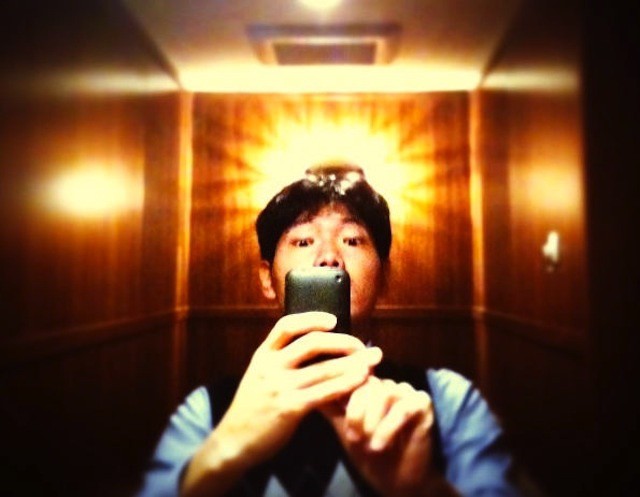Sprint took a gamble on the iPhone last fall. In exchange for getting the iPhone 4 and 4S on its network, the company agreed to pay $15 billion in subsidies over the next four years. The company acknowledged that it pays 40% more to subsidize the iPhone than it does for Android, BlackBerry, and Windows Phone handsets. To get shareholders on board, Sprint CEO Dan Hesse actually gave up $3.25 million in compensation.
It looks like Sprint’s investment may be paying off in unexpected. A new study by the Yankee Group revealed this week that the iPhone has a halo effect for carriers as well as it does for other Apple products – an effect that dramatically changed public perception of Sprint once it began carried the iPhone.
It’s long been established that the iPhone, like the iPod and iPad, has a halo effect. People who buy the iPhone become more likely to buy additional Apple devices because of the user experience that Apple builds into its products.
It seems that the iPhone halo effect isn’t limited to just Apple. In a new report looking at the costs and advantages of the iPhone for carriers, the Yankee Group found that just offering the iPhone leads to a better customer impression. The halo effect is particularly strong among Apple customers – people that own Macs, iPads, iPhones and so forth.
While this halo effect is more notable with Apple fans, it isn’t limited to them. Companies see their overall brand appreciation improve across the board when the begin selling the iPhone. Carriers don’t receive a similar bump from other brands or platforms even among fans of other mobile platforms like Android.
Yankee analyst Rich Karpinski notes that it’s worth it financially for carriers to adhere to Apple’s terms regarding device subsidies and Apple’s prohibition of carrier branding or apps.
From a financial perspective, the device–or, more precisely, the relationship with Apple that goes with it–carries significant challenges. But it also brings subscribers in droves as well as significant improvements in how those users view operator brands. With the latest iPad focused strongly on 4G, and an LTE iPhone likely to appear later this year, U.S. operators that find ways to successfully manage the ‘i-challenge’ will win.
Among the three national U.S. carriers, the halo effect has manifested differently for each company.
- AT&T has seen the biggest halo effect, which grew over time (it ranks 7th among mobile brands for Apple customers and 14th overall).
- Sprint saw its brand impression score double during the first quarter that it offered the iPhone.
- Verizon seems to have seen the least halo effect and has seen no boost in opinion from Apple customers.
The results track with figures for T-Mobile, the one national carrier that still doesn’t over the iPhone and which lost over 800,000 customers in the fourth quarter of last year – the same quarter where Spring began offering the iPhone and saw its brand approval double.
Source: Yankee Group
Via: MacTech


